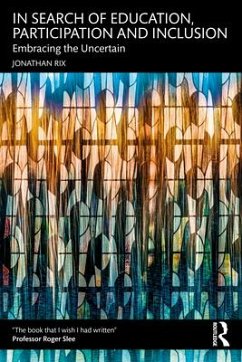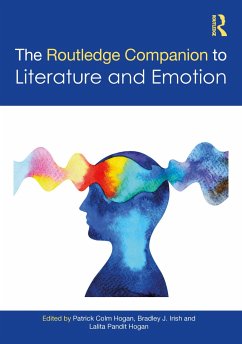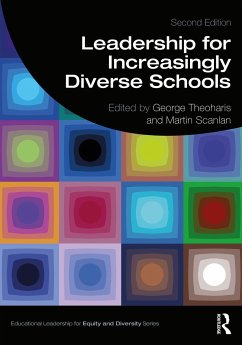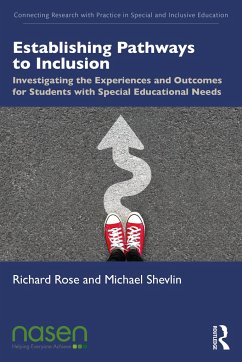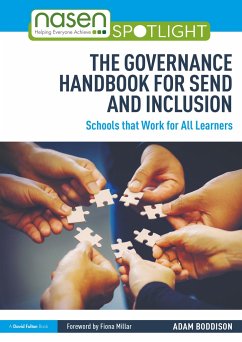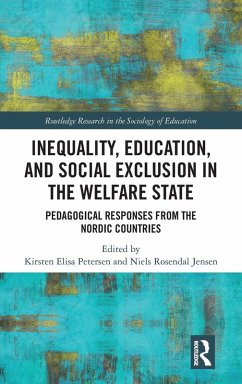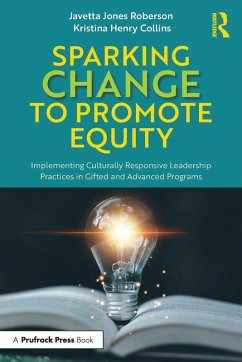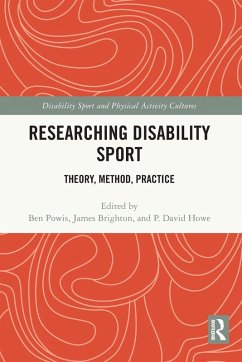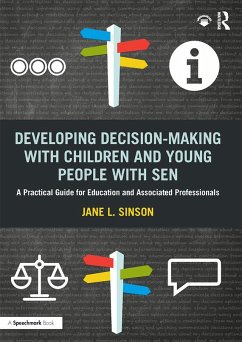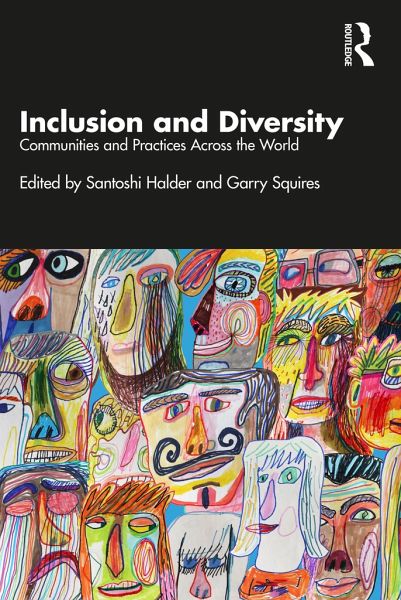
Inclusion and Diversity
Communities and Practices Across the World
Herausgeber: Halder, Santoshi; Squires, Garry
Versandkostenfrei!
Versandfertig in 1-2 Wochen
50,99 €
inkl. MwSt.

PAYBACK Punkte
25 °P sammeln!
This volume presents a comprehensive overview of inclusion and diversity in education across the globe. It examines how more inclusive education systems can be built, and covers areas and topics such as disability studies, sexual minorities, and indigenous communities, marginalized communities among others.





